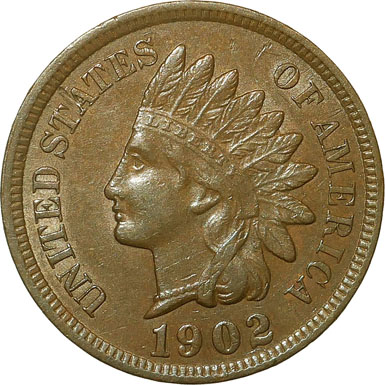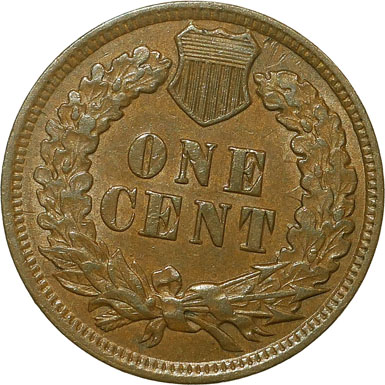 |
 |
Obverse 25 |
Reverse X |
Obverse Diagnostics
Date Position |
Possible Initial Date Impression |
Repunched 19 |
|
Repunched 0 |
Clash Marks Between Feathers 7, 8 and 9 |
Reverse Diagnostics
|
Clash Mark Through The C Of CENT |
Clash Marks Above E Of ONE |
Clash Marks To The Right Of ONE CENT |